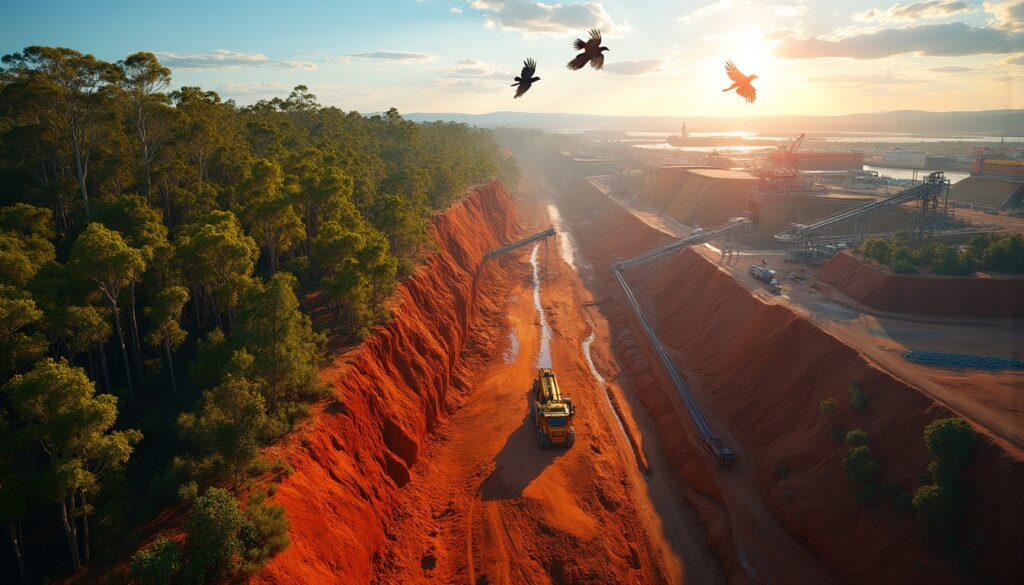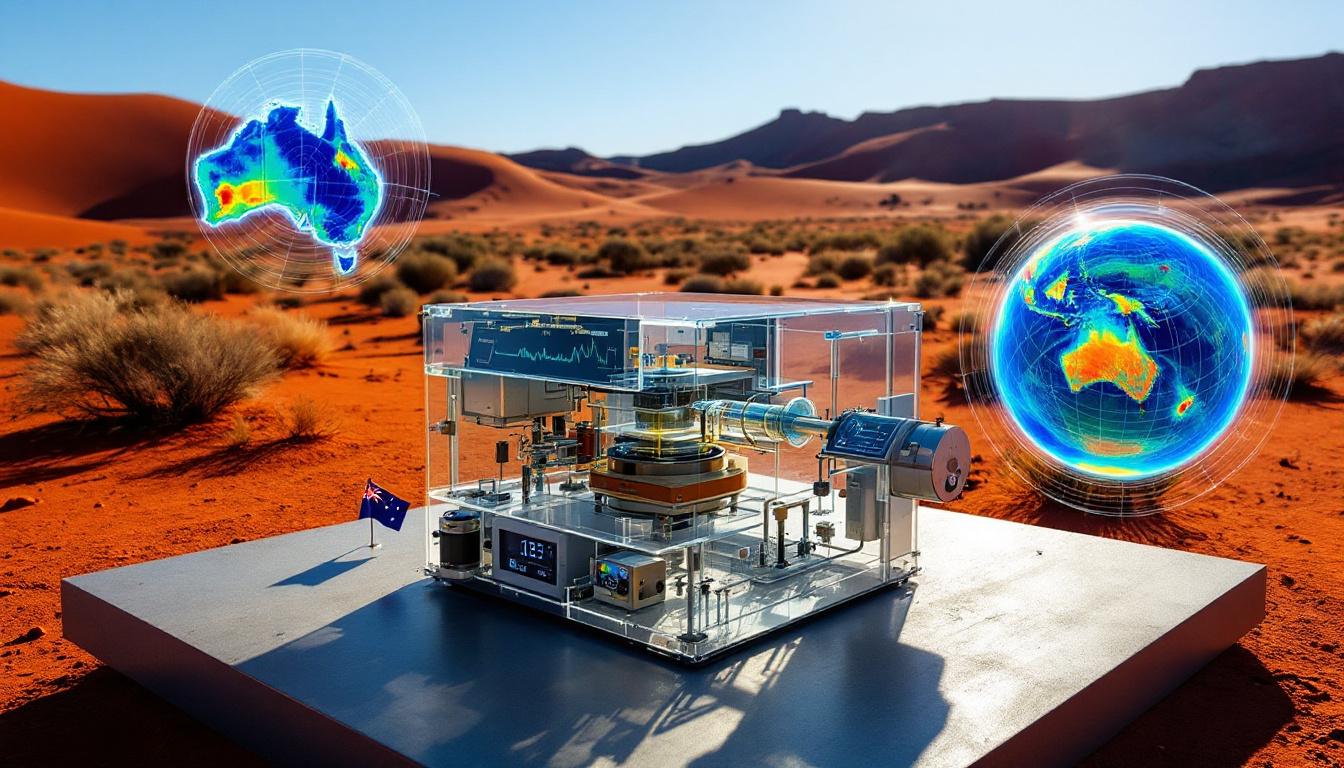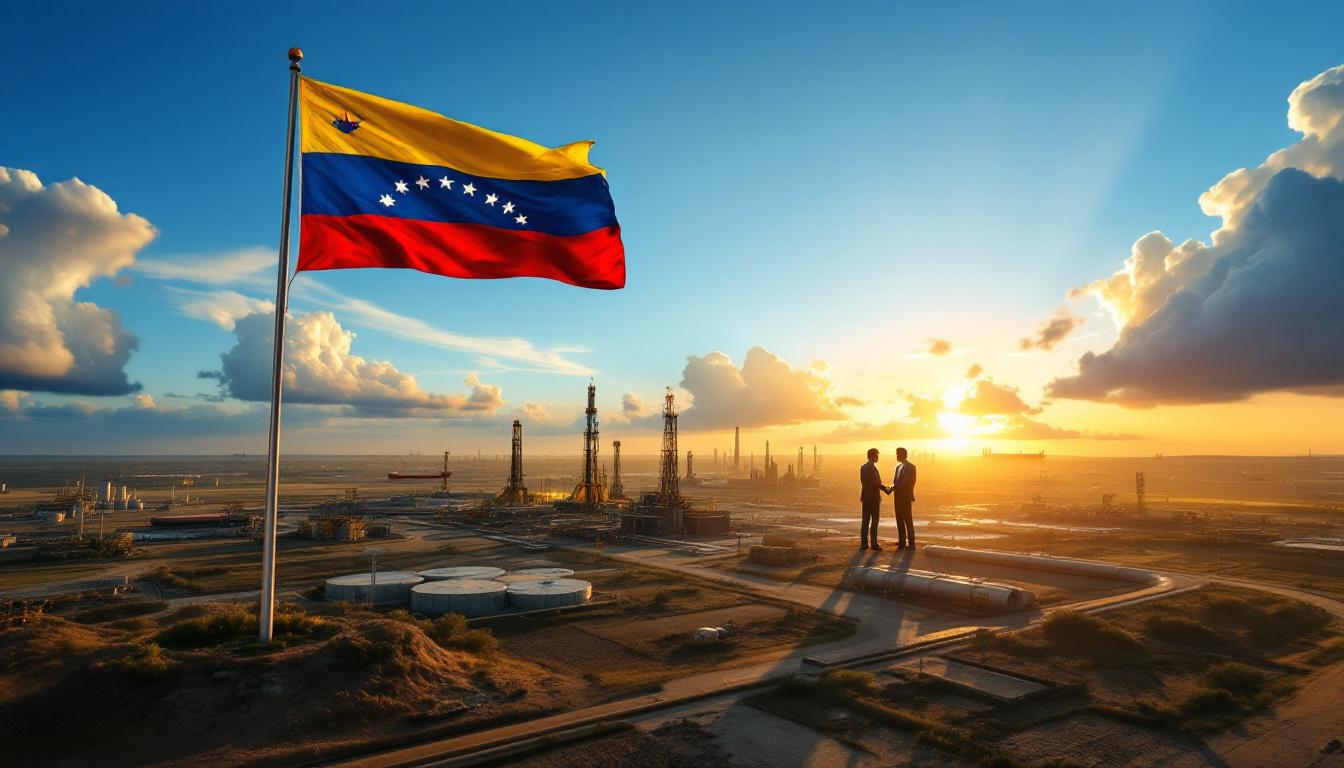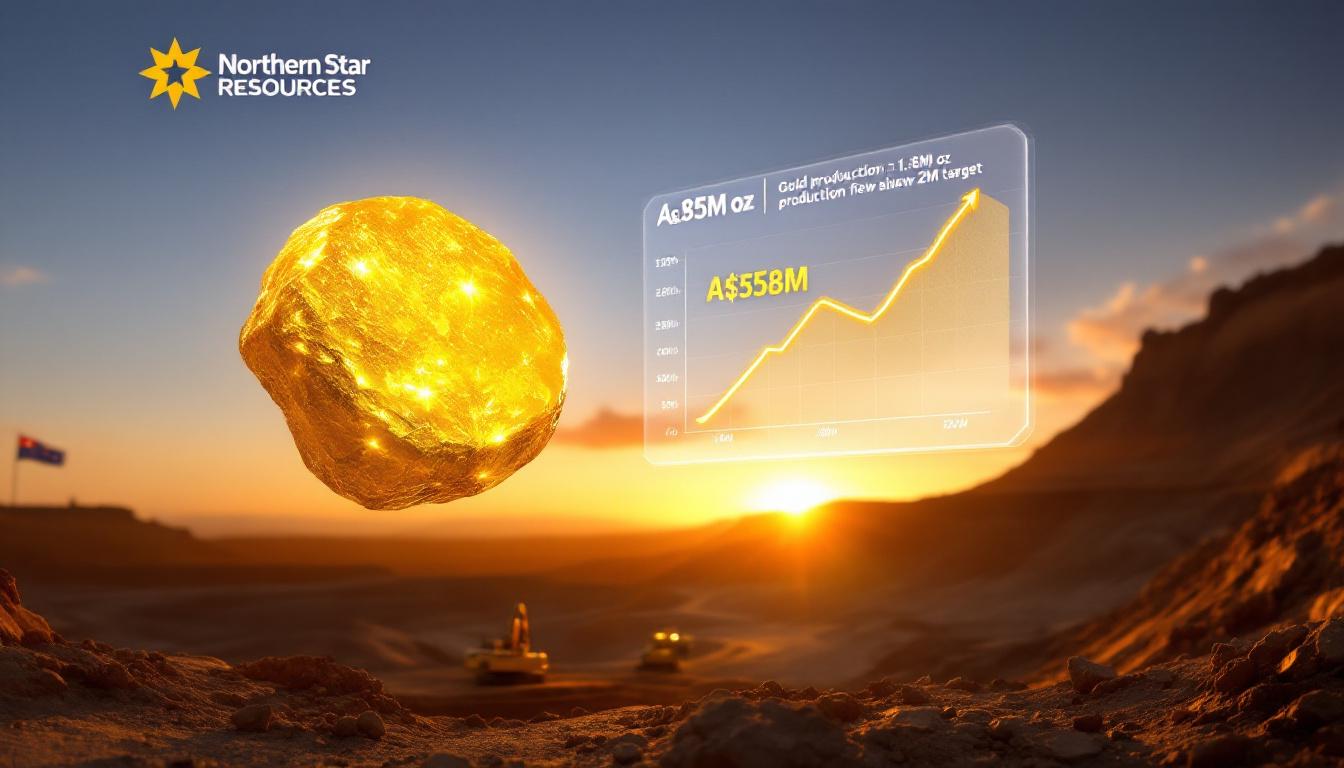Leonardo DiCaprio South32 bauxite mine expansion has stirred debate in Western Australia, fuelling discussions about mining sustainability and environmental impacts. The South32 Worsley Mine Development Project marks a significant increase in bauxite extraction while ensuring continued operations at the Worsley Alumina refinery. This project demonstrates industry innovation alongside concerns for ecological preservation.
What is the South32 Worsley Mine Development Project?
The project represents an expansion of bauxite mining in southwest Western Australia. Federal environmental approval was granted in mid-February 2025, aiming to secure operations through at least the 2036 financial year.
It focuses on extending extraction near the existing Boddington mine, 130km southeast of Perth. As one of Australia’s largest mining developments, the project is crucial for the region's robust economy.
The integrated mine-to-port system maintains bauxite extraction at Boddington, processing at the Collie refinery, and export through Bunbury port facilities. This seamless supply chain reinforces stability in aluminium production.
Global demand for aluminium is rising, driven by construction, transportation, and renewable energy sectors. In this context, australia’s $2 billion green aluminium initiative further highlights sustainable metal production efforts in the region.
How Much Land Clearing is Involved in South32's Expansion?
Land clearing has emerged as a contentious issue. Environmental groups warn that more than 4,000 hectares of Western Australia’s Jarrah Forest could be cleared.
The intervention by Leonardo DiCaprio drew international attention, criticising the project as an example of unsustainable development. His social media outcry, enhanced by a dicaprio criticises project report, resonated globally.
South32 disputes these figures and claims that refined mine planning has reduced native vegetation clearance. The company emphasises enhanced offset commitments, including a 12,300-hectare environmental offsets package for ecological restoration.
Geological surveys reveal extraordinary ore grades averaging 30–35% aluminium oxide, supporting economic imperatives despite environmental concerns.
What Environmental Concerns Have Been Raised About the Project?
Ecologists and conservation scientists have identified numerous impacts from the expansion. The clearing of Jarrah Forest threatens endangered species, notably three black cockatoo species experiencing severe population declines.
The Critically Endangered Woylie faces heightened extinction risks due to habitat fragmentation. Wildlife biologists estimate fewer than 7,500 individuals exist in the wild. These findings underscore growing esg challenges reshaping the mining industry.
Jarrah Forest’s rich biodiversity, home to over 8,000 species, is also vital in sustaining local ecosystems. Hydrologists worry that mining-induced changes could destabilise groundwater systems and exacerbate salinisation.
A separate external report noted that dicaprio weighs in on balancing economic needs with environmental sustainability, adding further nuance to the debate.
How Has Leonardo DiCaprio Influenced the Debate?
Leonardo DiCaprio’s outspoken criticism transformed local concerns into a global discussion. His February 2025 Instagram post drew attention from over 60 million followers.
The post accused the government of favouring mining over environmental preservation, highlighting an apparent double standard. This comment emphasised that Australia banned logging while permitting the clearing of vital habitats for mining.
Media analytics noted a 300% increase in engagement with news on the project following DiCaprio’s intervention. His influence illustrates how celebrity voices can recalibrate discourse on projects such as the Leonardo DiCaprio South32 bauxite mine expansion.
What is South32's Response to Environmental Criticisms?
South32 has responded by challenging many criticisms with data and commitments. They stress that no old-growth forest will be disturbed during the expansion.
The company details an extensive rehabilitation programme, including topsoil conservation and native seed collections to restore biodiversity. Independent studies suggest about 65–70% species return within 15 years after rehabilitation.
They also implemented a 12,300-hectare offsets package, with nearly 8,000 hectares dedicated to threatened species. This comprehensive strategy reflects their adherence to sustainability and transparency standards, akin to mining’s paradoxical role in the clean energy transition.
How Important is the Worsley Alumina Operation?
Worsley Alumina is a cornerstone of southwest Western Australia’s economy. With over $6 billion in infrastructure, it generates about $550 million annually for the state.
Moreover, the operation directly supports 1,800 permanent jobs and an estimated additional 5,400 indirect roles within supply chains. Worsley produces 4.6 million tonnes of alumina per year, making a significant contribution to global export revenue.
Aluminium plays a crucial role in renewable energy and transport; its demand is projected to grow by 50–80% by 2050. This growth is paralleled by innovations in decarbonisation in australian mining operations.
What is Bauxite and How is it Processed at Worsley?
Bauxite, the primary ore for aluminium, contains 30–60% alumina amid other minerals. The deposits at Worsley are highly regarded due to their high alumina content and low silica impurities.
Mining begins with open-cut extraction near Boddington. The extracted bauxite is then crushed and processed to remove coarse waste material. A 51-kilometre overland conveyor transports the crushed material to the Collie refinery efficiently.
At Collie, the Bayer process transforms bauxite into alumina through the following steps:
- Digestion: Bauxite is mixed with hot caustic soda, dissolving aluminium minerals.
- Clarification: Insoluble impurities are removed as “red mud.”
- Precipitation: Aluminium hydroxide crystals form as the solution cools.
- Calcination: The hydroxide is heated to yield alumina powder.
The refined alumina then journeys by rail to Bunbury port for global export.
When Will the Expanded Mining Operations Begin?
Mining in the new area is set to begin in Q4 2025. Preliminary work, like access road construction and site preparation, will start in early 2025.
The project employs a phased approach. Initial operations will focus on less sensitive zones to allow adaptive management based on ongoing environmental monitoring data. Despite a six-month delay from the original schedule, production at Worsley Alumina remains secure.
Analysts expect a conservative operational lifetime extending to at least 2036, with potential to last much longer. Employment is projected to peak at 300 additional roles during expansion, primarily in environmental management, engineering, and technical services.
Improvements in mining industry decarbonisation strategies have enhanced operational efficiency and sustainability.
How Does Mining Regulation Impact Forest Conservation in Western Australia?
Western Australia’s regulatory framework creates a complex relationship between mining and forest conservation. While a 2024 ban on native forest logging protects timber, it explicitly excludes mining activities.
The Mining Act 1978 offers broad development rights, whereas forestry was regulated under a more restrictive framework. This asymmetry has led to practices sometimes described as “regulatory arbitrage” by environmental experts.
Environmental and economic assessments are conducted under the Environmental Protection Act 1986 and the Environment Protection and Biodiversity Conservation Act 1999. These dual processes aim to balance development with conservation priorities, but critics argue they still fall short in protecting ancient ecosystems.
Frequently Asked Questions About the South32 Bauxite Expansion
What species are most at risk from the mine expansion?
Vulnerable species include three black cockatoo species—Carnaby's, Baudin's, and Forest Red-tailed—and the Critically Endangered Woylie, which faces severe risks due to habitat fragmentation.
Does the project involve clearing old-growth forest?
No old-growth forest will be disturbed, as mandated by the Western Australian environment minister’s approval. Most vegetation affected consists of regrowth from historical selective logging.
What environmental offsets is South32 providing?
South32’s 12,300-hectare offsets package includes nearly 8,000 hectares dedicated to additional habitat creation. These offsets are designed to achieve a protection-to-clearing ratio greater than 3:1.
How long has Worsley Alumina been operating?
Operating for over four decades, Worsley Alumina has produced more than 150 million tonnes of alumina, serving as a vital contributor to Australia’s export economy.
What is the timeline for the expansion?
Mining in the new area begins in Q4 2025 with full production expected by mid-2026. The expansion is planned to sustain operations through at least the 2036 financial year, with rehabilitation continuing beyond the active mining phase.
Searching for the Next Major Mineral Discovery?
Discovery Alert's proprietary Discovery IQ model delivers real-time notifications on significant ASX mineral discoveries, transforming complex data into actionable investment opportunities. Explore how historic discoveries have generated substantial returns by visiting the Discovery Alert discoveries page and position yourself ahead of the market with a 30-day free trial.




